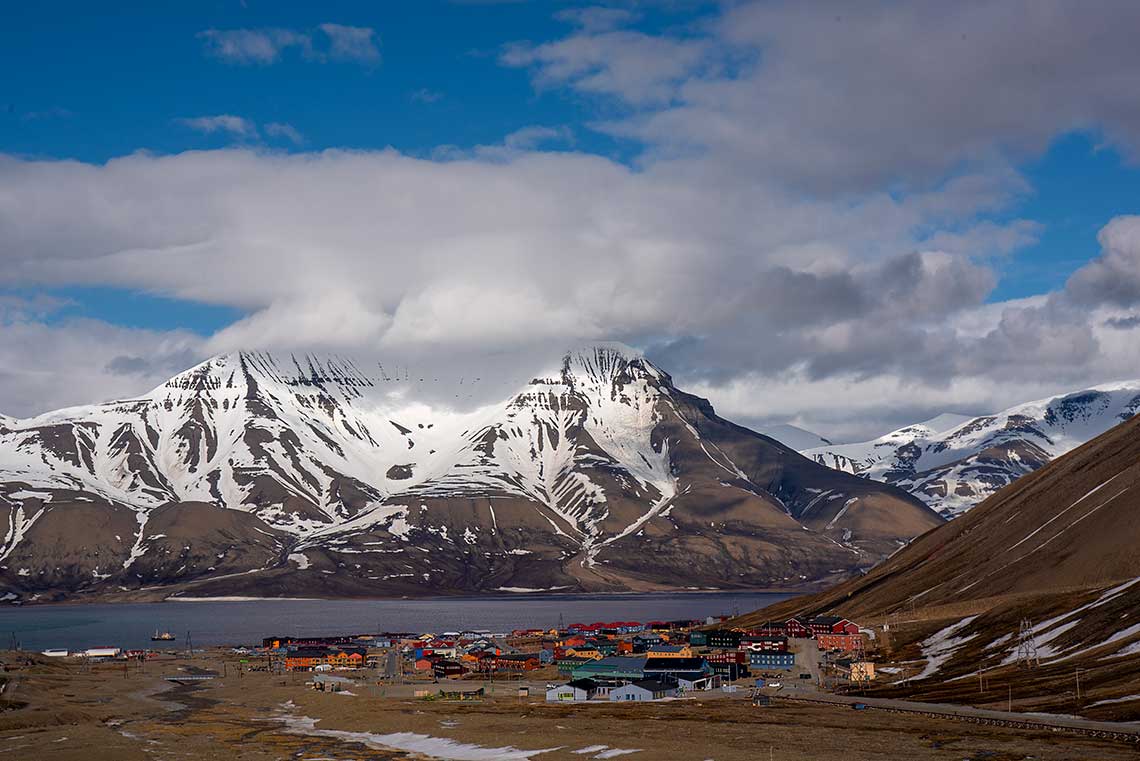Market Research in Svalbard and Jan Mayen

Svalbard is an island close to the North Pole in the northern Norwegian Sea. The Kingdom of Norway governs it. The capital of Svalbard, Longyearbyen, is the world’s northernmost city.
Another Nordic island, Jan Mayen, lies three hundred miles southwest of Svalbard. This island does not have permanent residents. It can hold up to thirty-five people at a time.
Key Industries
The islands of Svalbard served the people of northern Europe for centuries. Their heyday was during the golden age of whaling, a few hundred years ago. The whalers processed their catch on the islands of Svalbard. As the industry became more modern, sailors began processing the whales aboard their ships. This advancement led the Svalbard islands to become abandoned.
Centuries later, in the 1900s, Svalbard became another coal-mining region, and it remains one of the primary industries for the islands even today. Mining earns Norway hundreds of millions of dollars in annual revenue.
The market further expanded to include industries like tourism and research in Svalbard. Many may not think of tourism as a money-making industry for Svalbard due to the remoteness and harsh weather. Svalbard caters to niche groups of tourists, such as people seeking snowmobile adventures and the marvels of the auras.
Scientists consider the location of Svalbard to be a sweet spot where they can research things such as climate change and polar wildlife.
Jan Mayen is a military base for Norway. It also houses a few scientists on occasion. The island has only one natural resource, gravel. The only other activity is the provision of services to military personnel.
Neighborhoods
Jan Mayen is small and home to no permanent residents. It is split into two regions. The northern region is Nord-Jan, and the name of the smaller southern area is Sør-Jan. Jan Mayen can house less than forty people at a time, most of whom live in the small capital city of Olonkinbyen. The island has one other settlement, Puppebu, with only one building.
Svalbard is a chain of coal mining islands. These islands include Spitsbergen, Nordaustlandet, and Edgeøya. The capital and largest settlement, Longyearbyen, is on the largest of the islands, Spitsbergen. There are a few villages outside the capital where some people have cabins. The cabins are often weekend homes. Most people who go to live in Svalbard remain in the city to be close to work.
Longyearbyen has a primary school, a secondary school, and a university. The local hospital does not have a maternity ward due to the size and remoteness of Svalbard. Expecting mothers would instead return to one of the mainland European countries. They usually head out in the later stages of pregnancy to give birth. There is a small charter plane that makes the hour-long journey from Svalbard to Norway. The residents also use this charter service in the event of medical emergencies.
Like any other small settlement, the people of Svalbard enjoy a few amenities. For example, there is a library, gym, swimming pool, bank, hotel, and even a bus system.
Trends
There has been a decline in coal mining on Svalbard in recent years. Some mines have even closed down. With that said, there has been an increase in tourism to the island. Thrill-seekers go to Svalbard for snowmobile adventures. They also go to see local wildlife like polar bears, foxes, and reindeer.
People have shown a growing interest in working on Svalbard. The haven is visa-free for all travelers. Thus, anyone can travel to Svalbard and work there hassle-free. They will even get free healthcare from Norway as a legal resident and taxpayer of Svalbard. They also receive other amenities offered by the Norwegian government.
Jan Mayen has only temporary residents. Some people remain on the island during the winter, but most visit in the summer months.
Benefits and Strengths in the Market
Svalbard’s currency is the Norwegian Kroner. The islands can boast a stable economy. The average income is much higher than that of the mainlanders.
Companies own most of the housing on Svalbard. They rent to their employees, which is another boost to the private sector on the islands.
Jan Mayen aids in mainland Norway and Svalbard’s security as a military base. Jan Mayen also has a meteorological house to keep track of weather systems for the area.
Consumer Base
Svalbard depends on the self-sufficiency of its residents. So, adults who can no longer support themselves must return to the mainland. There are no cemeteries on the islands.
Gas and diesel are cheap on Svalbard. But, the high price of monthly groceries cancels that out.
Reasons to Grow your Business in Svalbard and Jan Mayen
The market is stable and easy to expand. There is much opportunity on these remote islands, even with their sparse populations.
For example, we saw how business owners can dabble in real estate since they provide housing for their employees. Opportunities also exist for food production and the provision of other services.
About Market Research in Svalbard and Jan Mayen
Quantitative research has been carried out on these islands, and it shows that residents are content. Their groceries are costly. Yet, their high salaries allow them to live in comfort on the island. Companies can also conduct interviews and surveys. Focus groups are a possible research strategy. Your company can use them in conjunction with carrying out surveys. In that way, you can gather more data in your qualitative research of Svalbard and Jan Mayen.
Contact us for your next Market Research and Strategy Consulting Project.
- Email direct: [email protected]
- Contact one of our global offices

